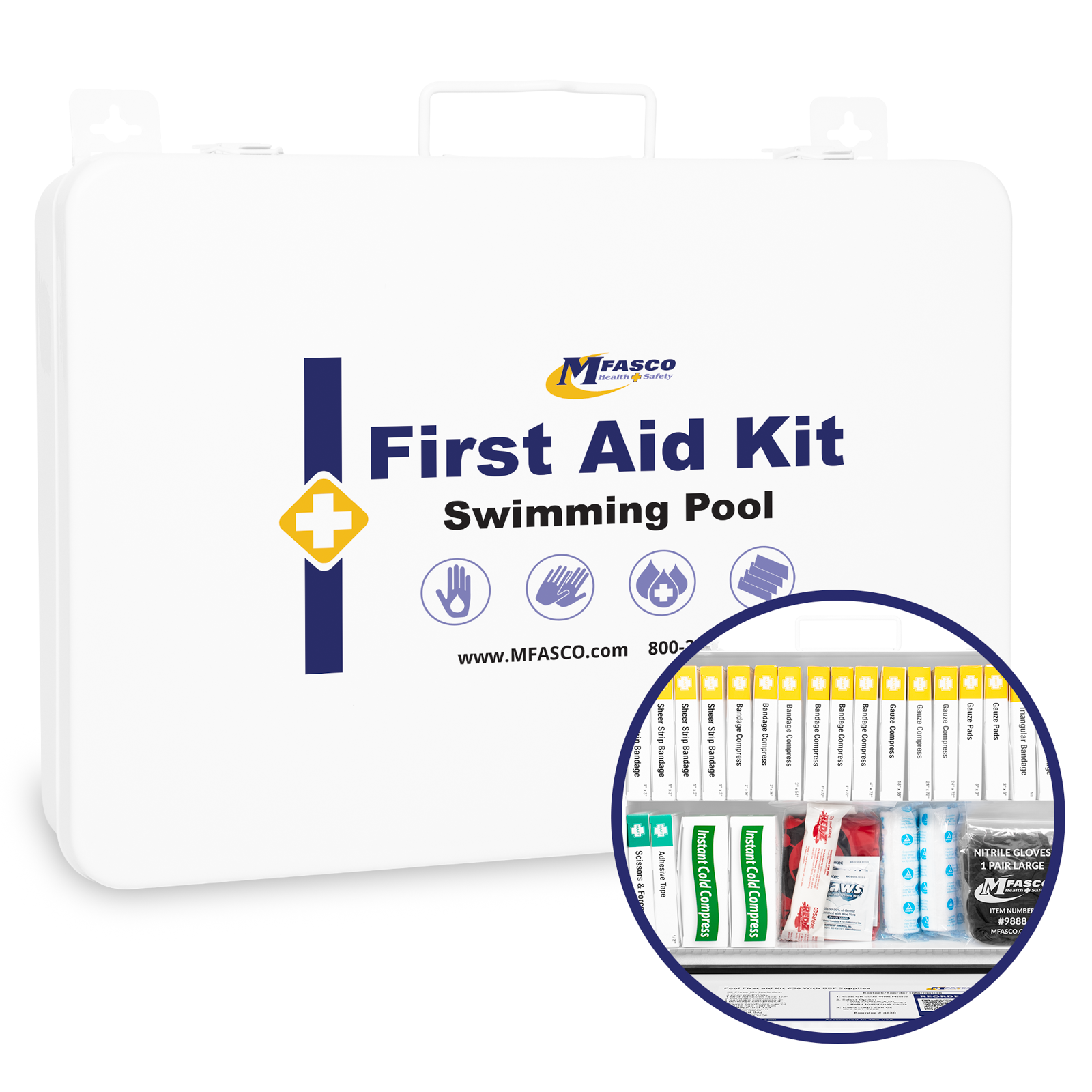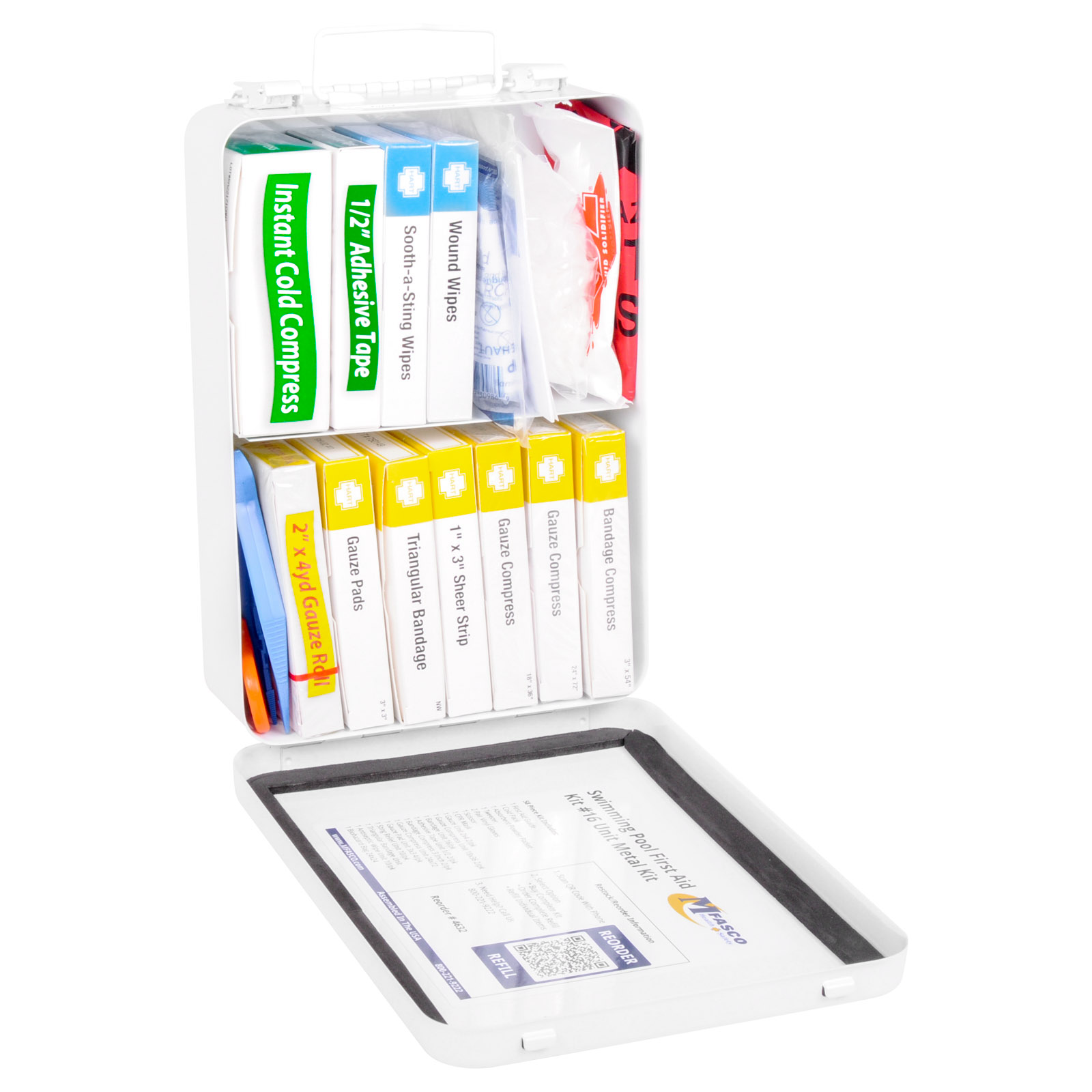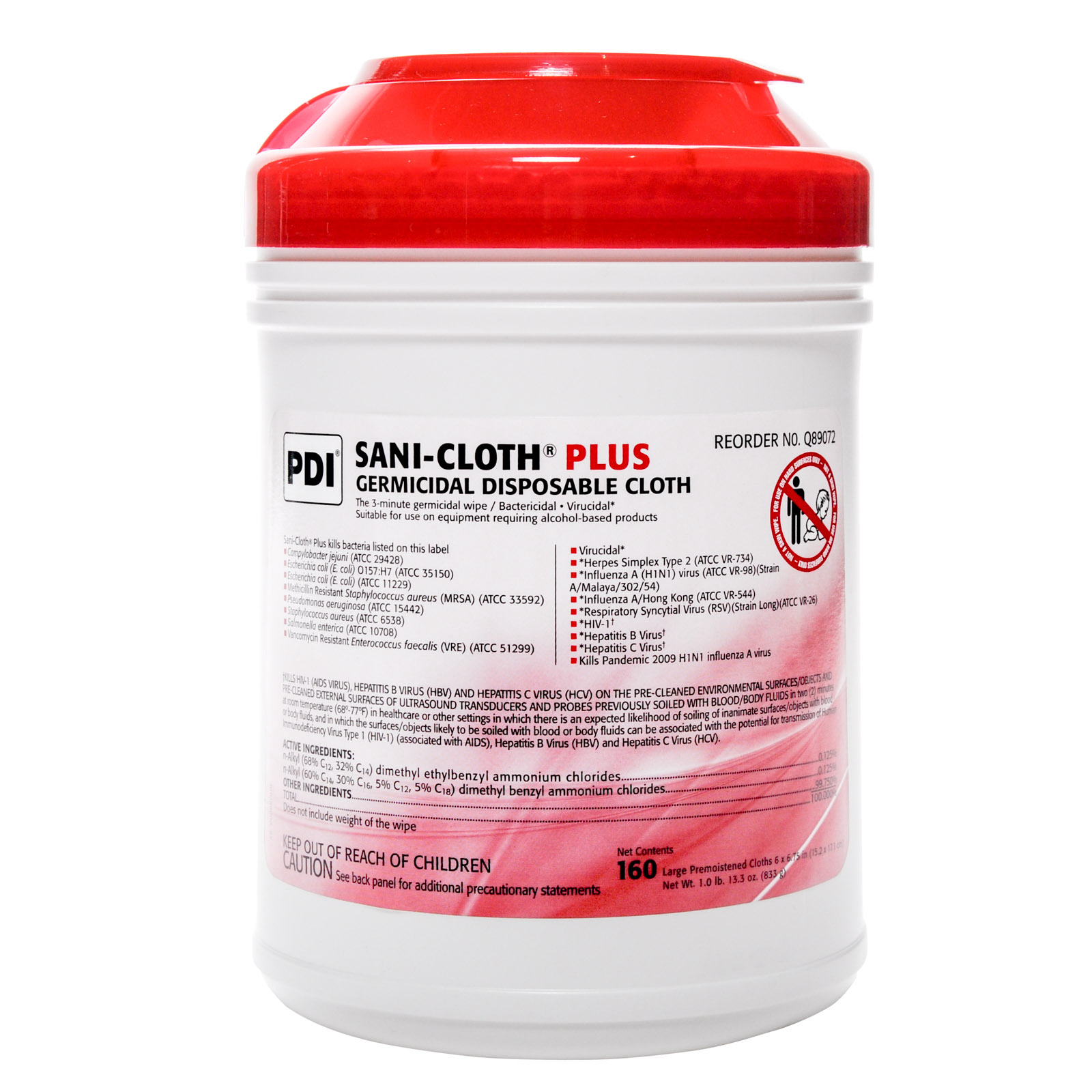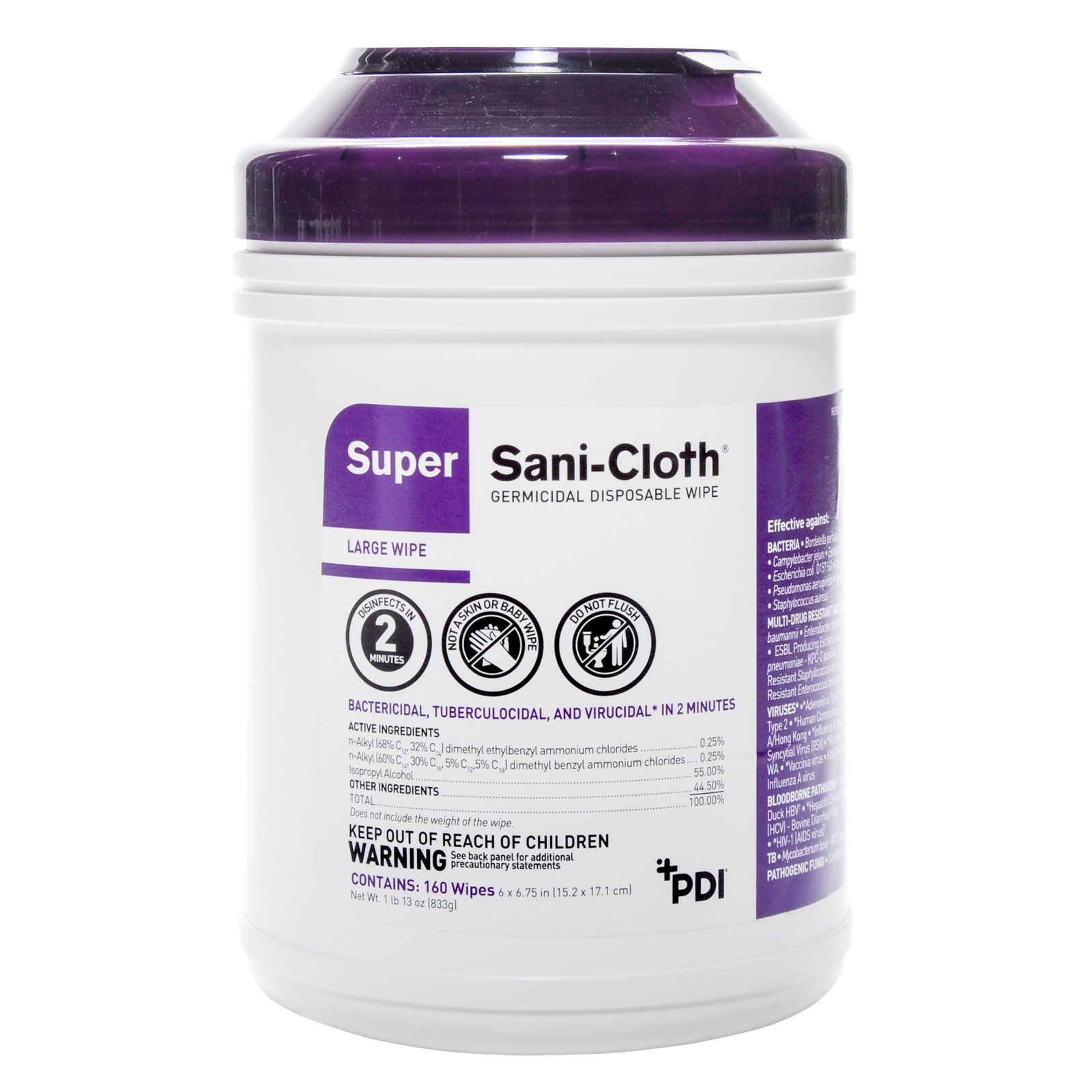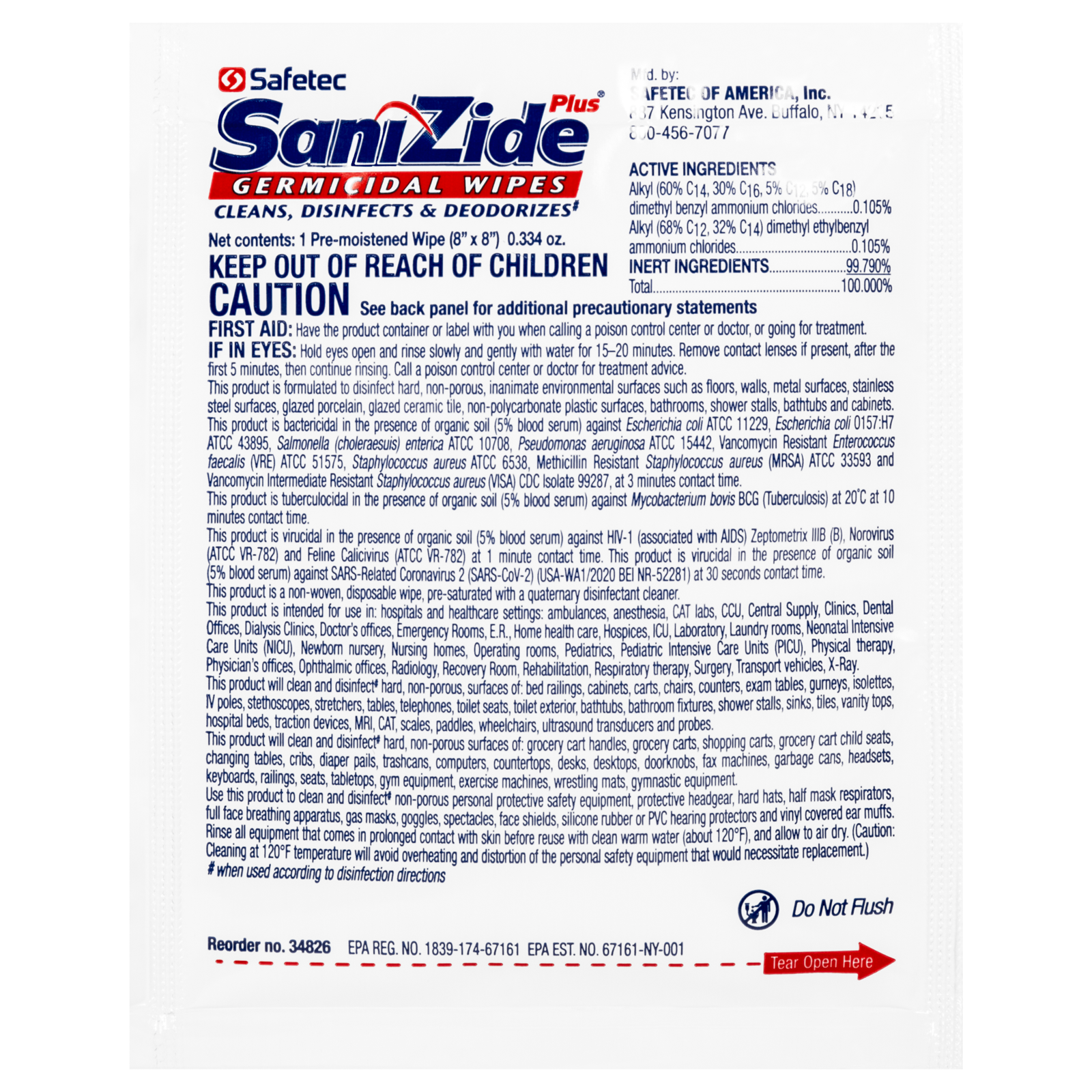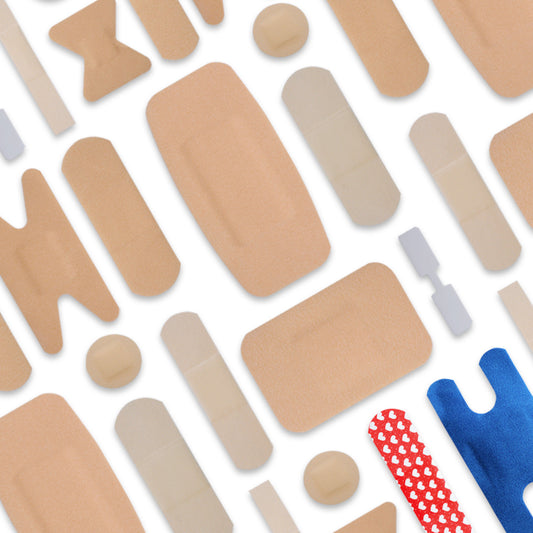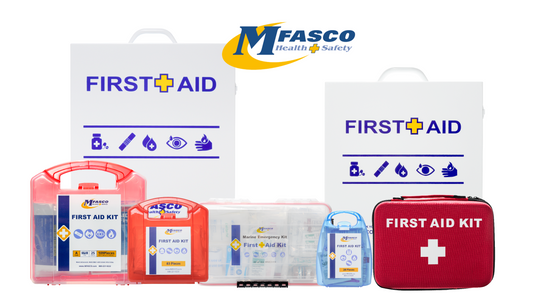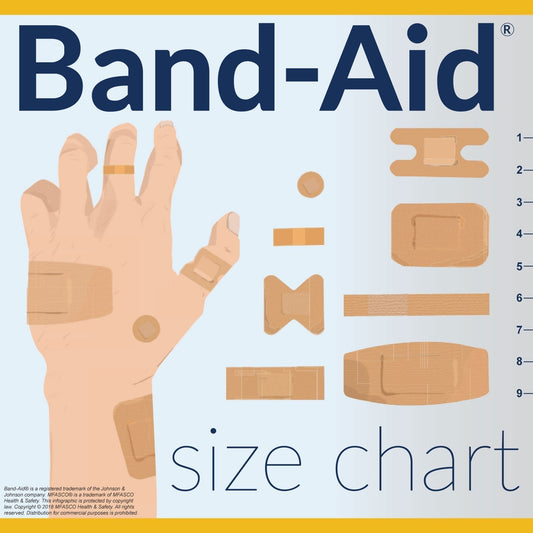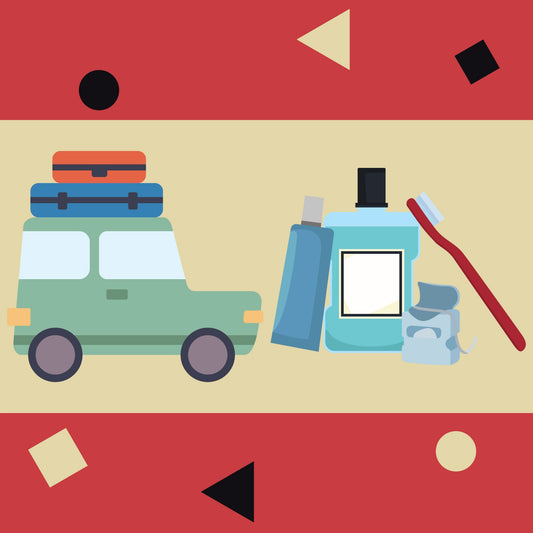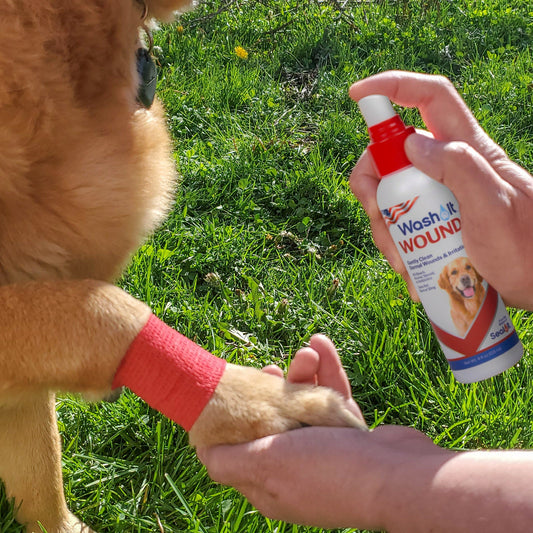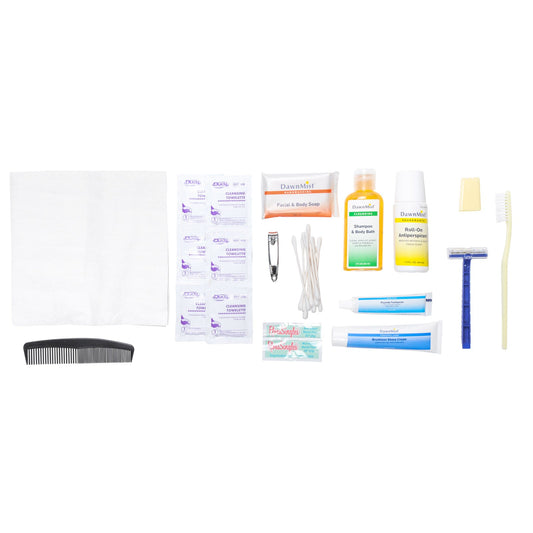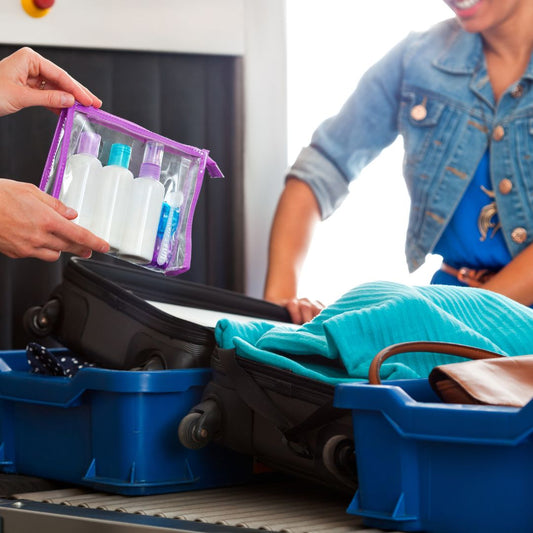How To Clean Up Bodily Fluids From Pool Surfaces
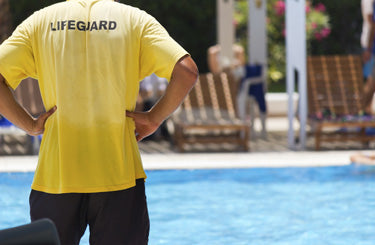
Bodily fluids on pool hard surfaces are to be treated as infectious
Lifeguards have an important job. At public swimming pools, they watch for struggling swimmers. Their work doesn't stop there. Not only are they in the rescue business, but they also protect us from potentially infectious bodily fluids. The CDC says that blood, vomit, feces, and other bodily fluids are to be treated as potentially infectious.
Proper precautions and procedures should be followed to ensure the safety of workers and guests alike. When they are not, life-threatening Bloodborne diseases could be passed to unsuspecting individuals. Typical public swimming pool settings should follow the Centers for Disease guidelines to ensure the contaminated surfaces are disinfected immediately.
Selecting an appropriate disinfectant is important
A mixture of bleach (usually 1 part bleach and 9 parts water) is recommended. Be sure to only use freshly mixed solutions because their strength and effectiveness wear off fast. There are other approved commercial disinfectants that will work as well.
The 9 additional steps to clean and disinfect a pool surface include:
- Clearing the area of people until the process of disinfection is finished.
- Wearing disposable gloves is recommended to protect hands from contamination.
- Disposable paper towels or other types of absorbent materials can be used to wipe up the spill.
- All waste should be placed in plastic garbage bags.
- After the biohazard is absorbed and disposed of, pour the disinfectant solution over the contaminated area.
- The solution should sit for 20 minutes.
- After the time has passed, wipe up any solution that is still present.
- If you use any "reusable" tools like brooms, mops, brushes, etc.., be sure to disinfect them with the solution and then air dry.
- All gloves and any remaining soiled materials should be double-bagged and tied shut in garbage bags and thrown away.
Take a look at our BioSafety Category for Personal Protection equipment and biohazard-related products.
Bio Safety Products & Accessories
MFASCO's Make a Kit Tool
Bio Protection Products
Deluxe PPE & Clean Up Kit Plastic
Additional Resources for Bio Safety Kits & Supplies
Top 8 First Aid Kit Types
Disinfecting hard Surfaces for Workplace Health
Bloodborne Pathogens & the Typical American Worker
Contributing Expert

Mike Brinker
Mike Brinker has been working in the first aid industry for over 35 years. He has worked with thousands of businesses,groups, and organizations to provide a healthy and safe work environment. Mike helped create “Make-A-Kit”, the internet's only online first aid kit creation tool. He has also authored many helpful first-aid and safety-related resource articles found at the MFASCO Learning Center.

